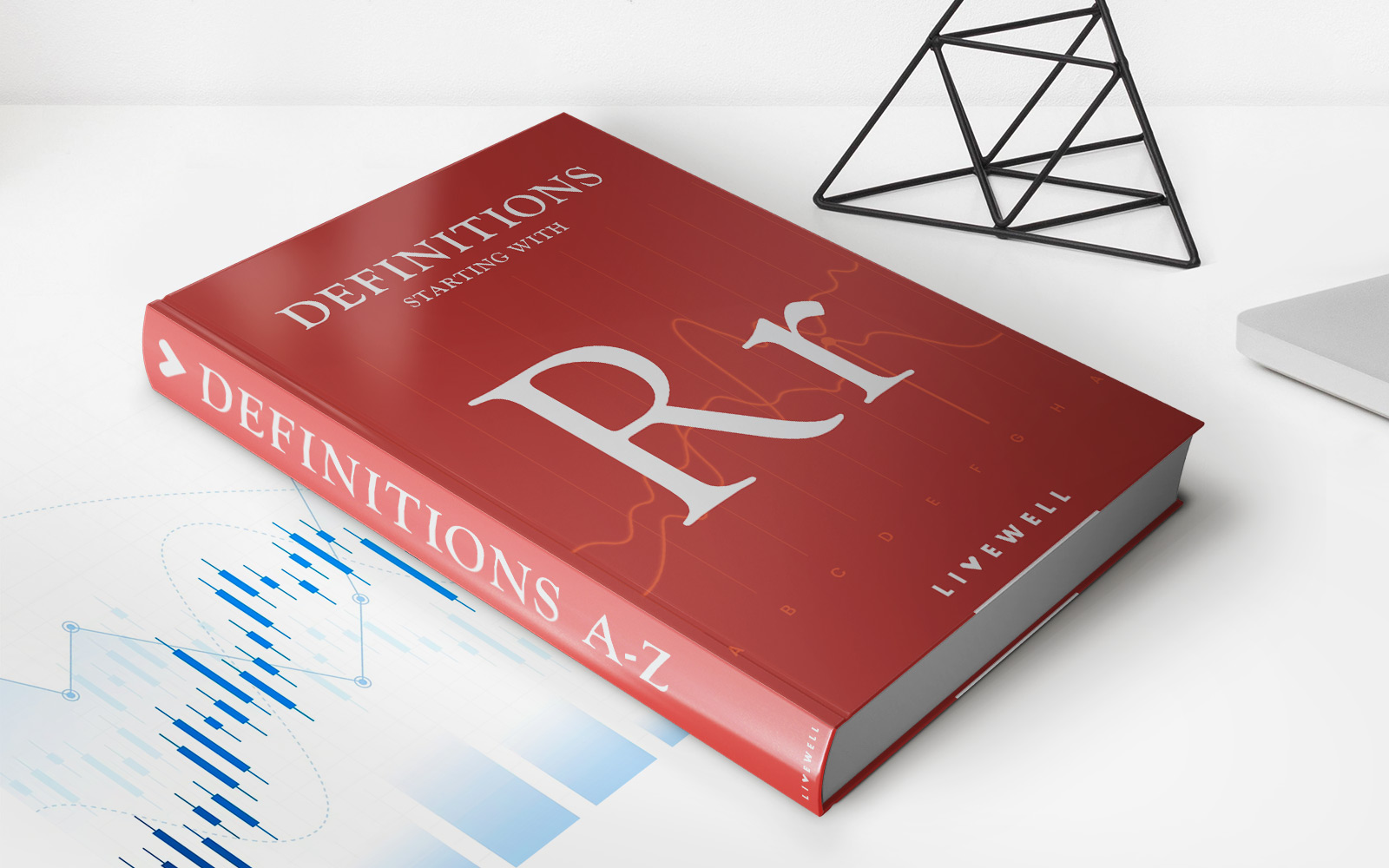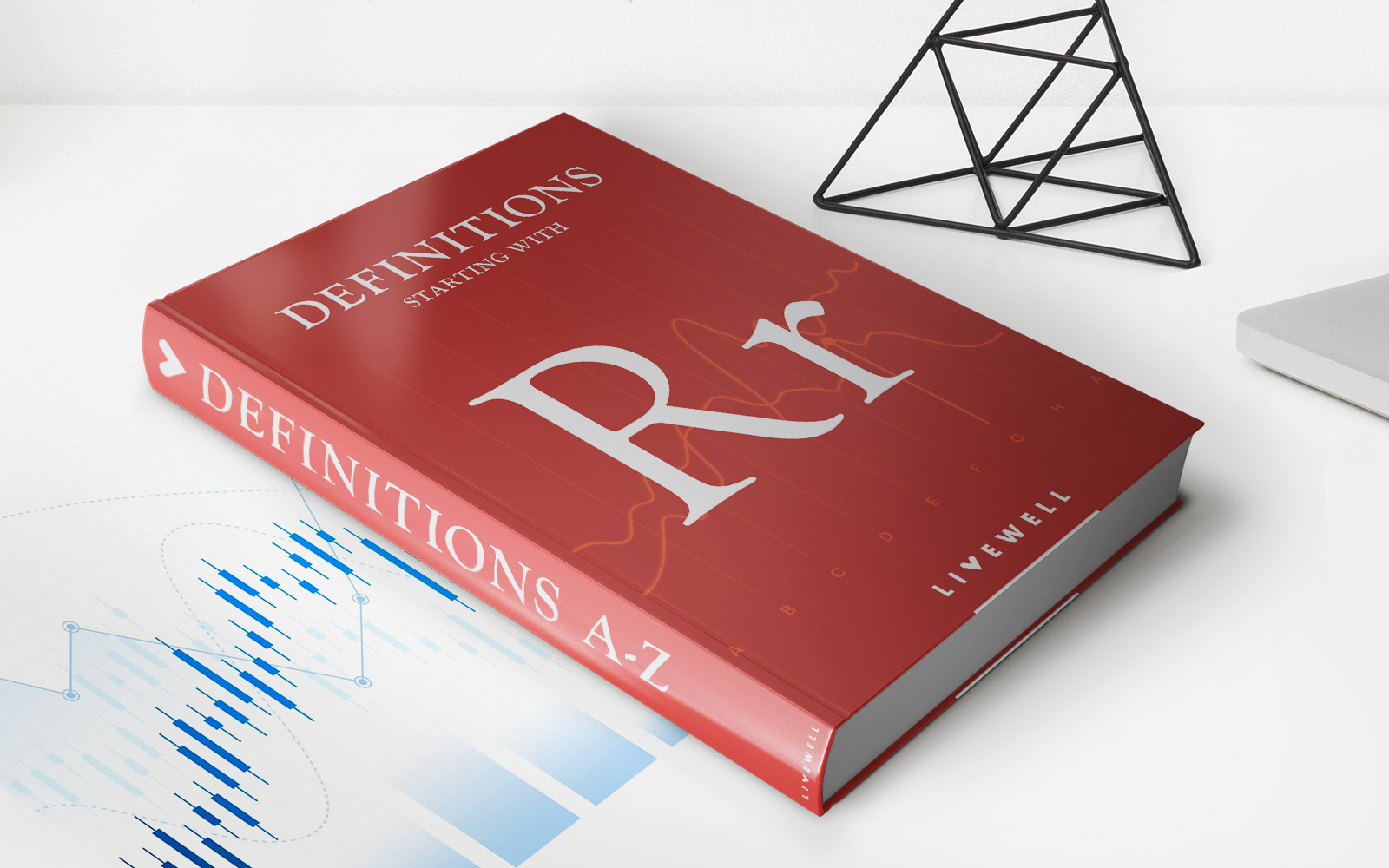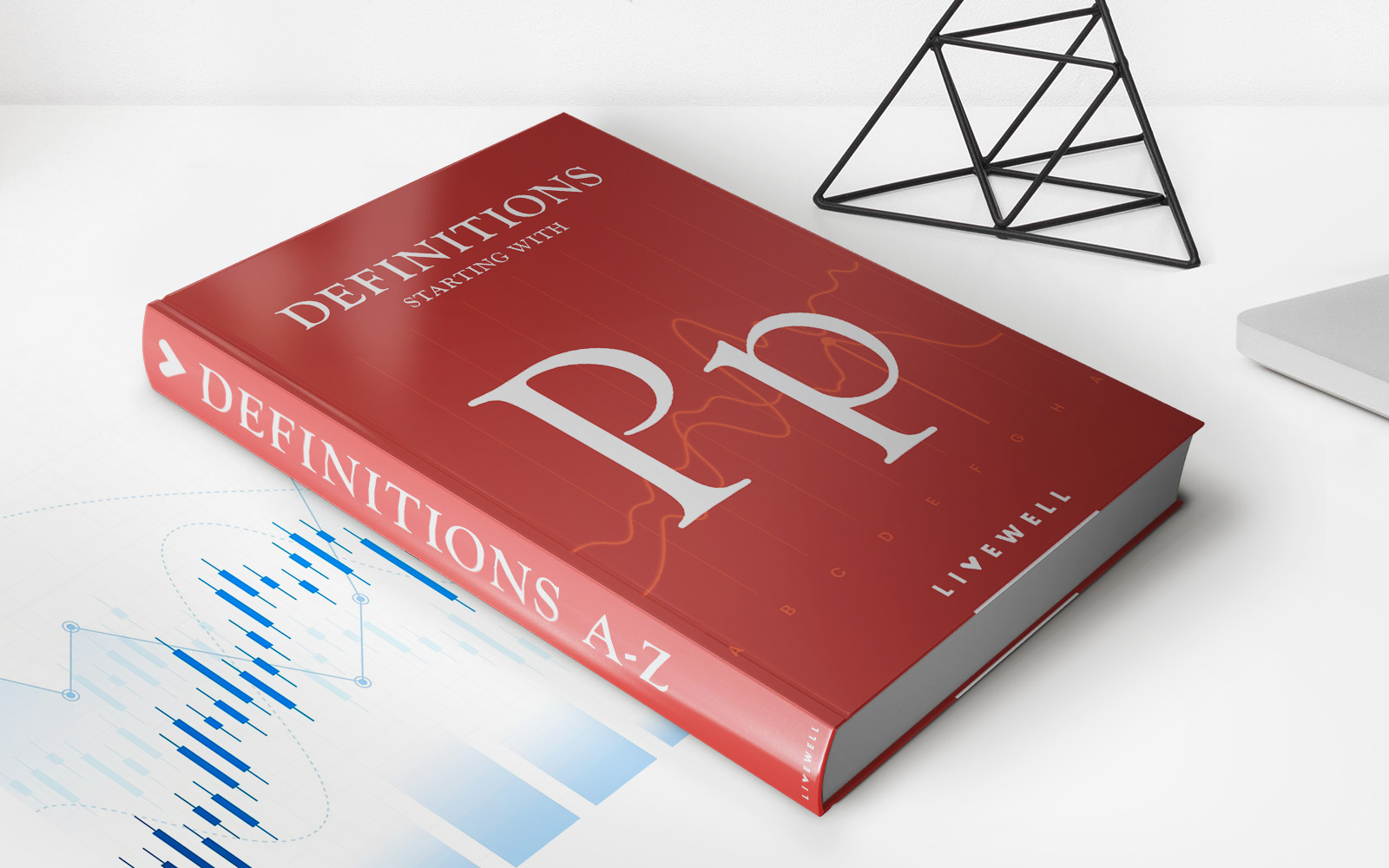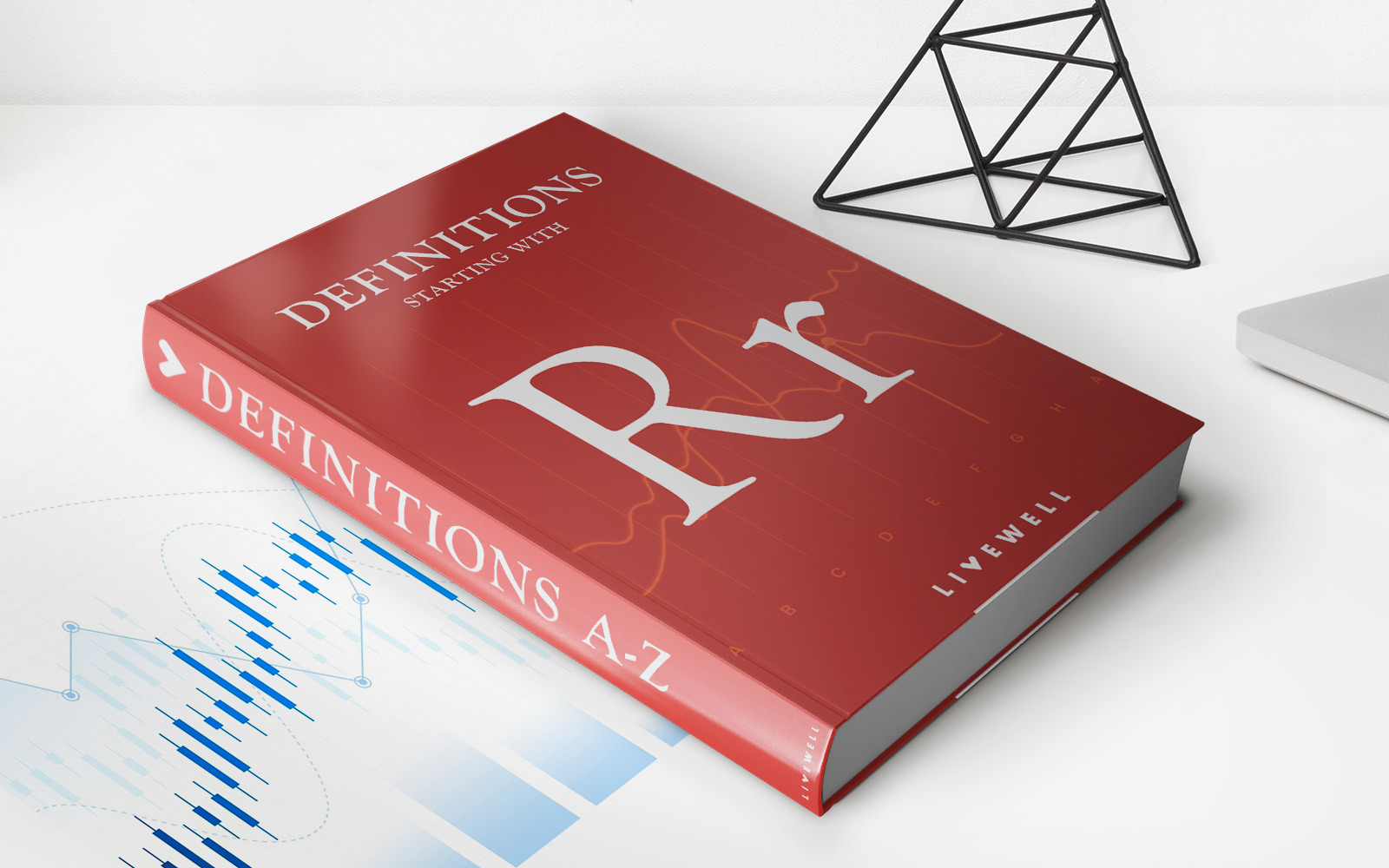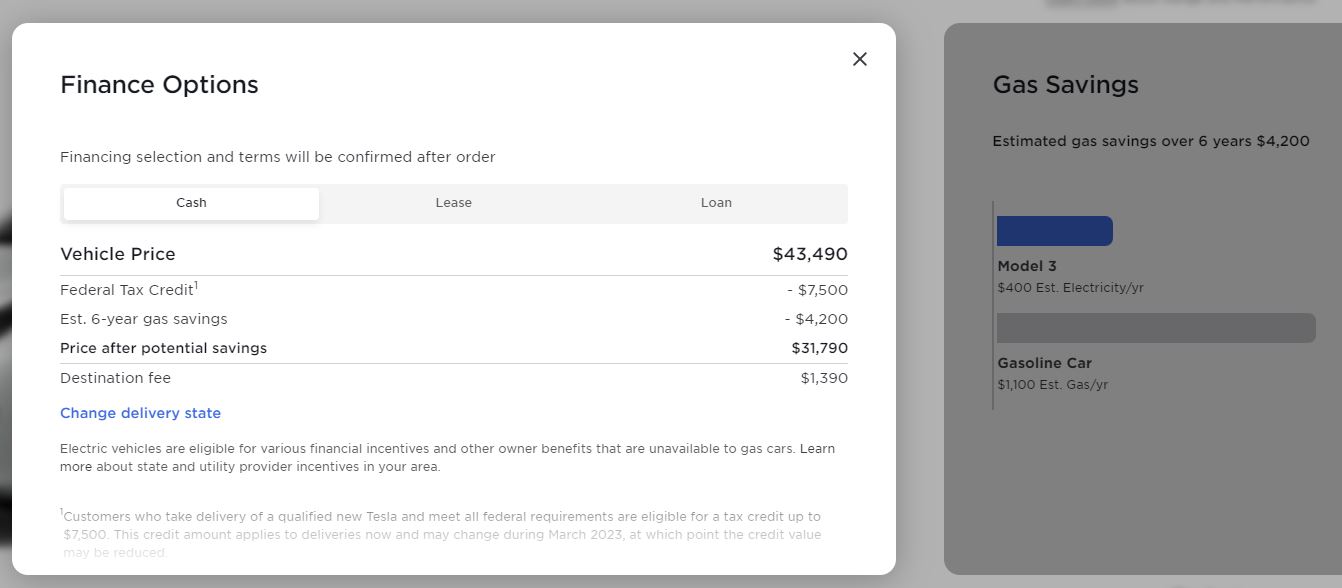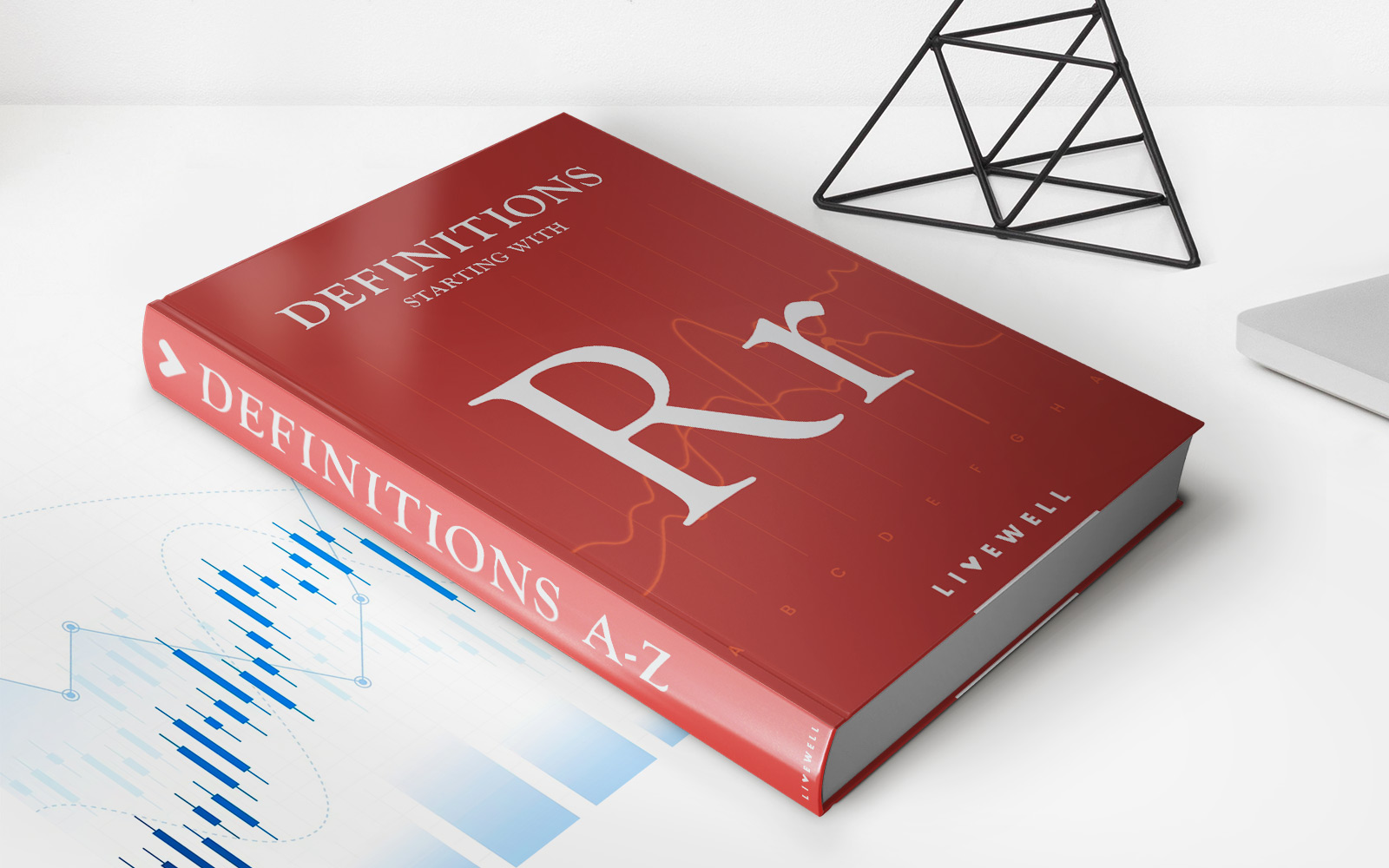

Finance
Risk-Based Mortgage Pricing Definition
Published: January 21, 2024
Learn about risk-based mortgage pricing in the finance industry and how it impacts borrowers. Understand the definition and implications of this pricing strategy.
(Many of the links in this article redirect to a specific reviewed product. Your purchase of these products through affiliate links helps to generate commission for LiveWell, at no extra cost. Learn more)
Risk-Based Mortgage Pricing Definition: Understanding the Basics
Are you considering applying for a mortgage or looking to refinance your current loan? Understanding risk-based mortgage pricing is essential for securing the best possible terms and interest rates for your home loan. In this blog post, we will dive into the definition of risk-based mortgage pricing, how it affects borrowers, and why it is crucial to be aware of this concept when making financial decisions.
Key Takeaways:
- Risk-based mortgage pricing refers to the process of lenders assessing the risk level of individual borrowers and adjusting the interest rates accordingly.
- Factors such as credit score, income stability, loan-to-value ratio, and debt-to-income ratio are typically taken into account when determining risk.
So, what exactly is risk-based mortgage pricing? In a nutshell, it is a method used by lenders to evaluate the level of risk associated with lending money to an individual borrower. Rather than offering a standard interest rate to all borrowers, lenders assess various factors unique to each borrower’s financial profile and adjust the interest rate accordingly.
Factors considered in risk-based mortgage pricing:
- Credit Score: Lenders place significant importance on credit scores as they indicate a borrower’s creditworthiness. Individuals with higher credit scores typically receive more favorable interest rates.
- Income Stability: Lenders want to ensure that borrowers have a stable and predictable income source to meet their mortgage obligations. Those with consistent employment and a steady income history may receive better interest rates.
- Loan-to-Value Ratio: This ratio represents the loan amount compared to the appraised value of the property. Borrowers with a lower loan-to-value ratio may receive preferential rates as they pose less risk to lenders.
- Debt-to-Income Ratio: Lenders assess a borrower’s debt-to-income ratio to determine their ability to repay the mortgage loan. A lower ratio indicates a lower risk for the lender, potentially resulting in more favorable interest rates.
It is important to note that risk-based mortgage pricing is designed to protect lenders from potential losses associated with defaulting borrowers. Lenders adjust interest rates based on the level of risk they perceive, with higher-risk borrowers usually receiving higher interest rates and vice versa.
Key Takeaways:
- Risk-based mortgage pricing evaluates the risk level of individual borrowers and adjusts interest rates accordingly.
- Factors like credit score, income stability, loan-to-value ratio, and debt-to-income ratio influence risk assessment.
Understanding risk-based mortgage pricing is crucial when navigating the mortgage market. By being aware of how lenders assess risk, borrowers can take proactive steps to improve their financial profile and secure more favorable rates. Here are a few key insights to remember:
- Your credit score plays a critical role in determining your interest rate. Prioritize maintaining a strong credit history and taking steps to improve your score if necessary.
- Stability in income and employment can enhance your chances of receiving better rates. Showing a consistent and predictable income stream demonstrates your ability to meet mortgage obligations.
- Consider keeping your loan-to-value ratio as low as possible by making a larger down payment or choosing a property within your budget. This may lead to more advantageous loan terms.
- Managing your debt responsibly and maintaining a healthy debt-to-income ratio can positively impact the interest rates you qualify for.
Now that you have a better understanding of risk-based mortgage pricing, you can approach your mortgage decisions with confidence. Remember, working on improving your financial profile can go a long way in securing a more affordable mortgage that aligns with your long-term goals.


